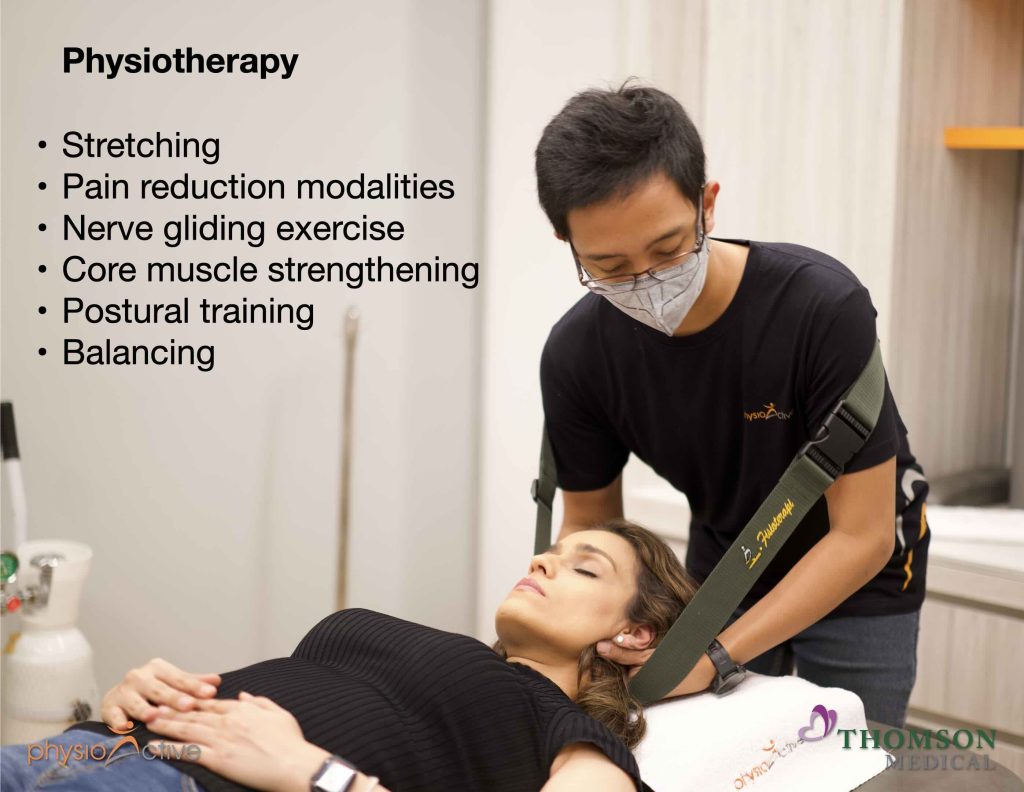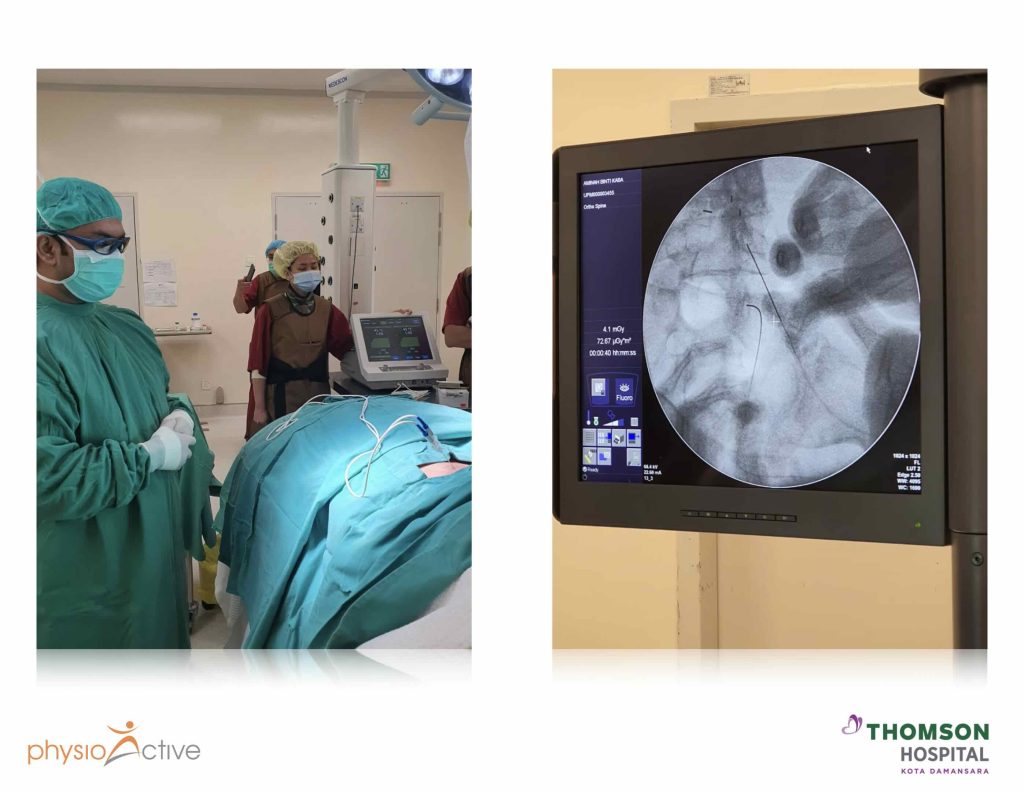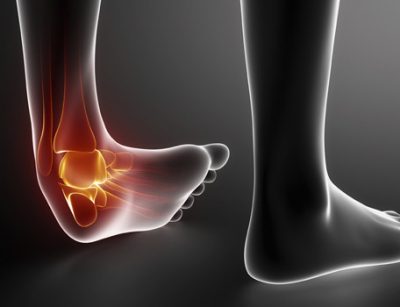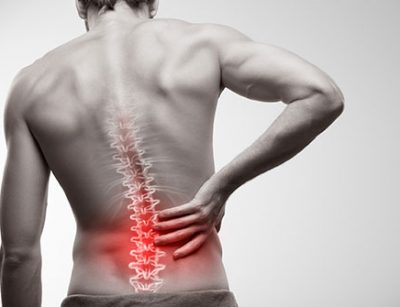Managing Back Pain with Surgery and Physiotherapy options
Back pain is a widespread issue that affects millions globally, particularly in today’s fast-paced working environment. In fact, back pain is no longer just a problem for the elderly; it’s increasingly affecting younger populations, especially working professionals. For those in Jakarta seeking the best options for back pain treatment, physiotherapy combined with expert surgical consultations from Malaysia can provide an effective solution.
In this blog, we’ll explore the causes and treatments for back pain with insights from Dr. Fazal Abas, an orthopedic surgeon from Thomson Hospital in Malaysia. Dr. Abas recently shared his expertise during an interview with Physioactive Indonesia.
Causes of Back Pain
Back pain can arise from a range of conditions, affecting everything from muscles and joints to nerves and bones. According to Dr. Abas, one of the most common causes is musculoskeletal strain, which can occur due to poor posture, prolonged sitting, or improper lifting techniques. This is often seen in the working population, who spend hours sitting in front of computers.
Another cause of back pain is inflammatory conditions such as ankylosing spondylitis, which can lead to stiffness and discomfort, particularly in the morning. Additionally, discogenic pain—which occurs when the spinal discs become damaged—can cause sharp, shooting pain, often accompanied by sciatica (pain that radiates down the leg).
Symptoms of Low Back Pain
Back pain presents itself in a variety of forms. Some patients experience a dull, persistent ache that worsens with prolonged standing or sitting, while others feel a sharp, shooting pain due to nerve irritation, which can spread down the legs. Inflammatory pain, as mentioned by Dr. Abas, often leads to morning stiffness, while discogenic pain can cause more severe symptoms, requiring more intensive care.

Physiotherapy Back Pain
Non-Surgical Treatment Options
For most patients, surgery is not the first line of treatment. Dr. Abas emphasizes the importance of non-surgical approaches, which can relieve symptoms and improve quality of life for 80-90% of patients.
One of the most effective treatments is physiotherapy, which can alleviate pain through a variety of methods such as stretching exercises, TENS (Transcutaneous Electrical Nerve Stimulation), infrared therapy, and ultrasound therapy—all of which are available at Physioactive Indonesia. These therapies aim to strengthen the muscles supporting the spine and relieve pressure on the nerves.
Medications such as anti-inflammatories and Cox-2 inhibitors are also commonly prescribed to reduce inflammation and manage pain. For those with neuropathic pain, medications like pregabalin can provide relief.
Advanced Non-Surgical Interventions
If pain persists after physiotherapy and medications, there are other intermediate treatments available before considering surgery. These include steroid injections to reduce inflammation in the spine, which can provide relief for several months. Another option is radiofrequency ablation, a procedure that targets and disrupts the nerves transmitting pain signals from the spine. This procedure can be performed as an outpatient treatment, allowing patients to return home the same day.

Dr Abbas Surgery
When Surgery Becomes Necessary
While the majority of patients recover through non-surgical methods, a small percentage may require surgical intervention. According to Dr. Abas, surgery is considered when three conditions are present: persistent pain, neurological deficits, or spinal deformities. Common procedures include microdiscectomy (removal of a herniated disc) and spinal fusion (stabilization of the spine using rods and screws).
Minimal invasive surgeries are available, which reduce recovery time and lead to better outcomes for patients. After surgery, rehabilitation is crucial, and Dr. Abas emphasizes the importance of starting physiotherapy as soon as possible to ensure proper recovery.
For patients coming from Jakarta to Malaysia for surgery, Dr. Abas recommends staying for at least one night post-surgery to monitor recovery. However, patients can continue their physiotherapy and rehabilitation at Physioactive Indonesia upon returning to Jakarta, ensuring a seamless transition in care.
Conclusion
Back pain can be debilitating, but with the right treatment approach, most patients can avoid surgery and find relief through physiotherapy. For those in Jakarta, starting physiotherapy locally and consulting with expert surgeons like Dr. Abas in Malaysia offers a comprehensive approach to managing back pain. If you’re suffering from persistent pain, consider exploring these treatment options to regain your quality of life.
For more information on back pain treatments and consultations with Dr. Fazal Abas, please refer to the contact details provided by Physioactive Indonesia.
By focusing on the causes, symptoms, and both non-surgical and surgical treatment options for back pain, this blog provides valuable insight for individuals in Jakarta dealing with back pain and considering treatment options in Malaysia.
Making an appointment
For more information on reverse shoulder replacement surgery and to explore your options, you can contact Dr. Abbas Ramlee directly. And for those seeking postoperative physiotherapy, PhysioActive is here to assist you in your recovery journey.
To make an appointment with Dr Abbas Ramlee his contact details are
- web: https://www.thomsonhospitals.com/doctor/dr-fadzrul-abbas-bin-mohamed-ramlee/
- WA: +60 18‑220 1108
For Physioactive Indonesia, book directly online here




